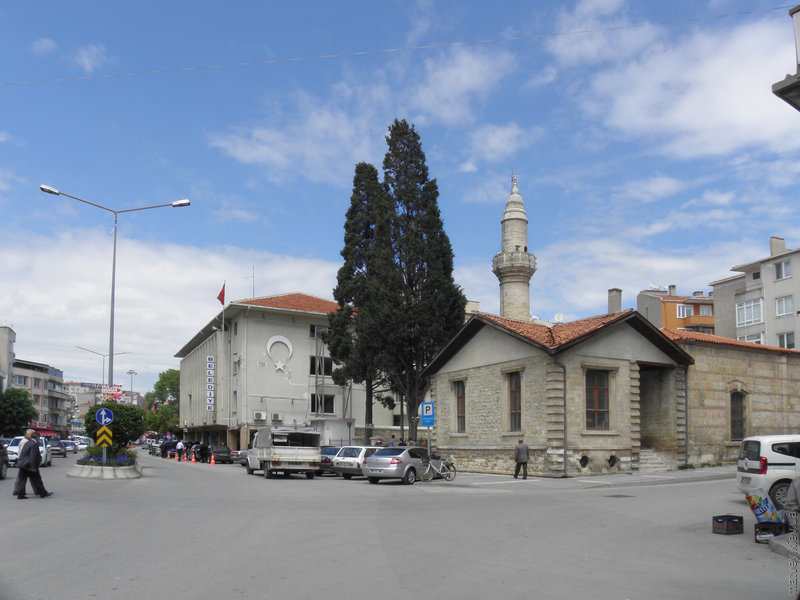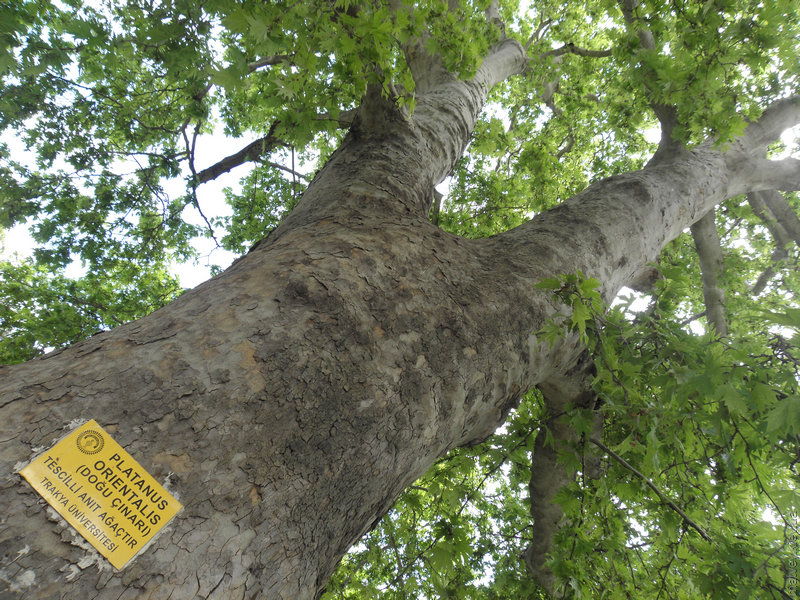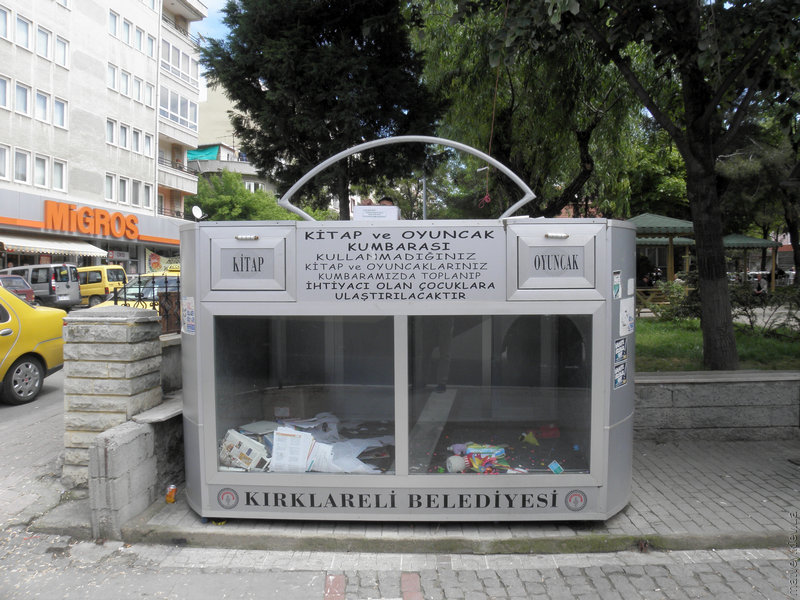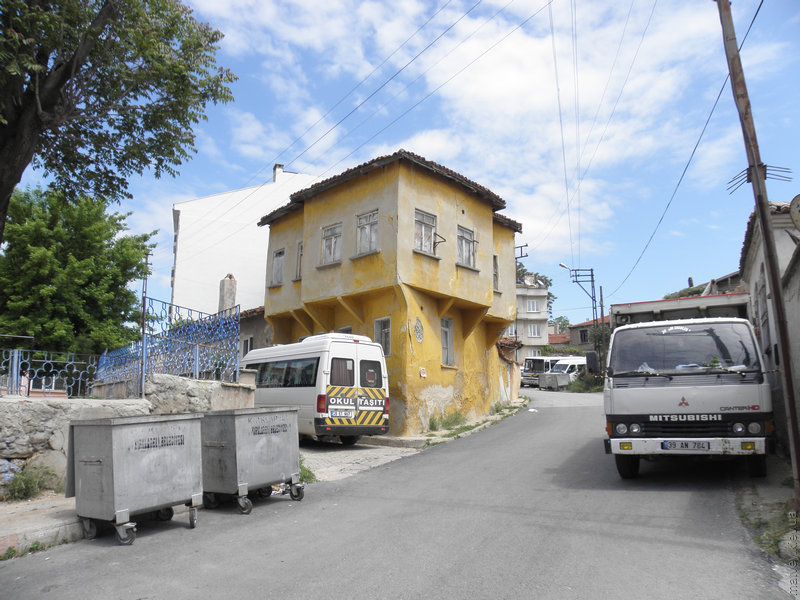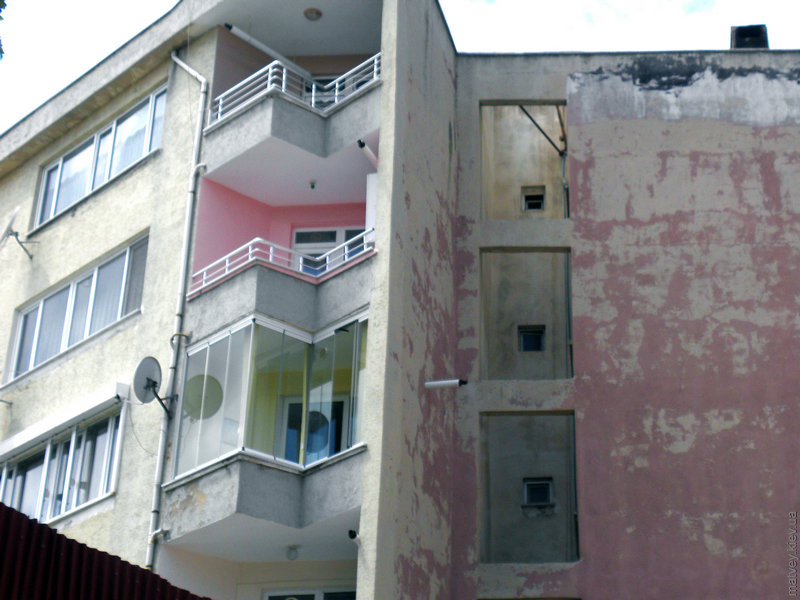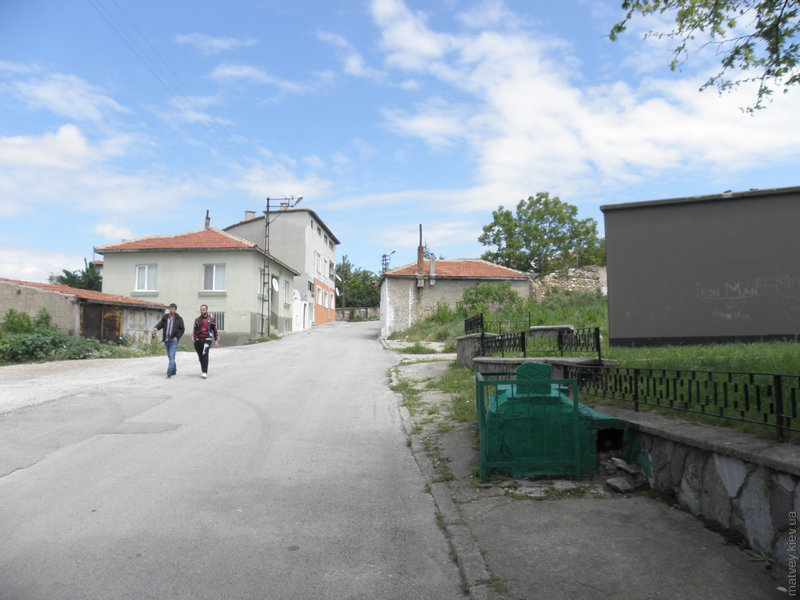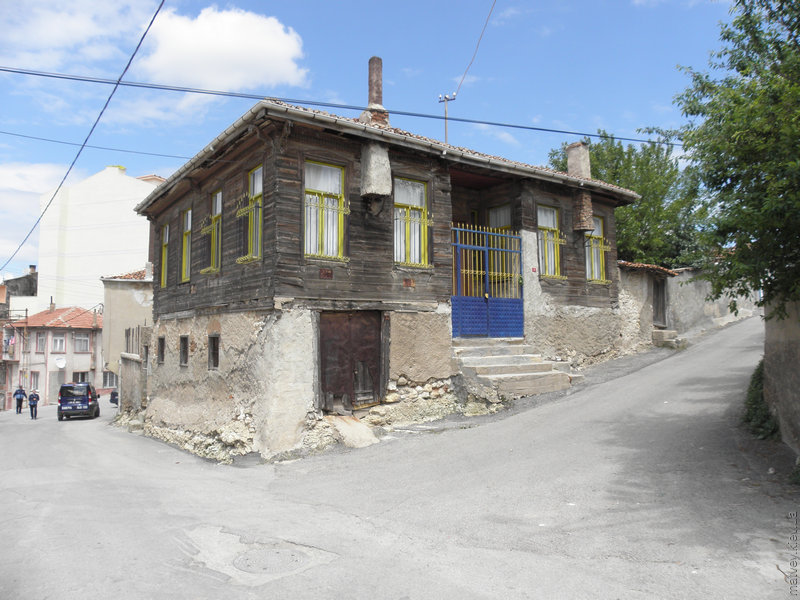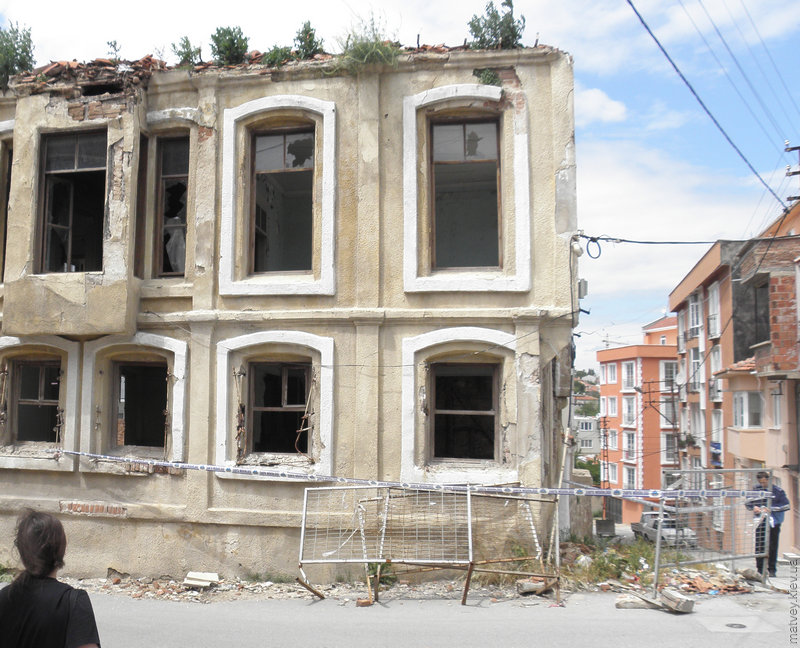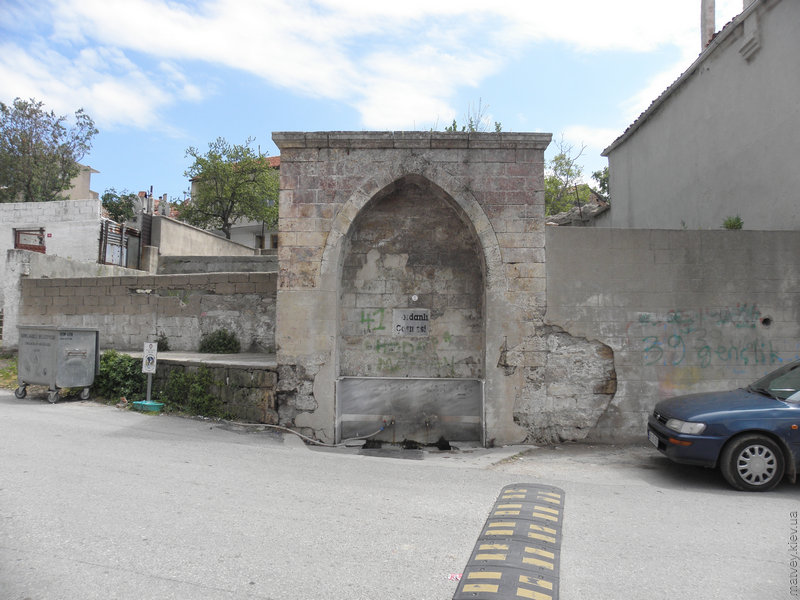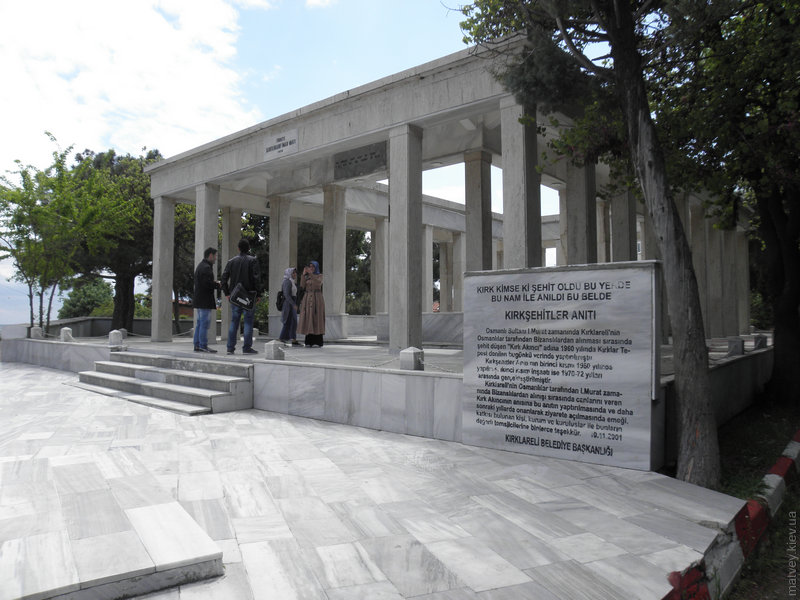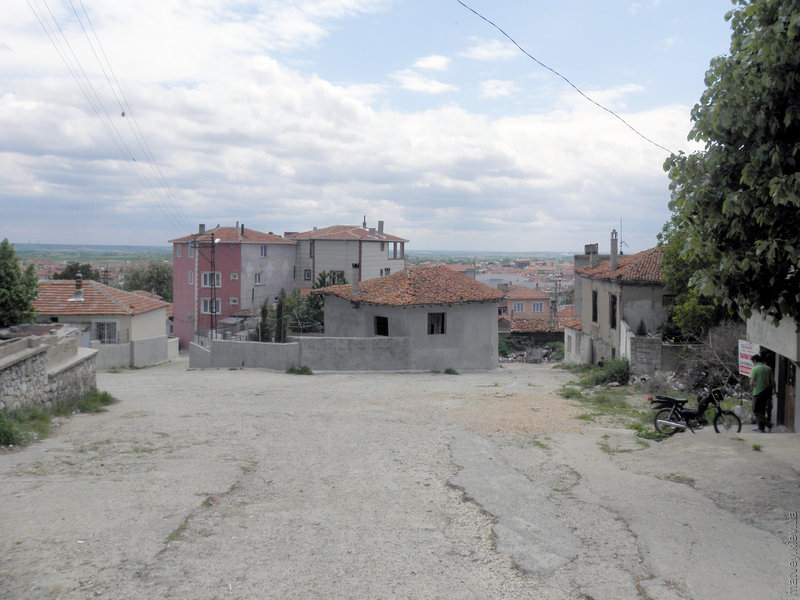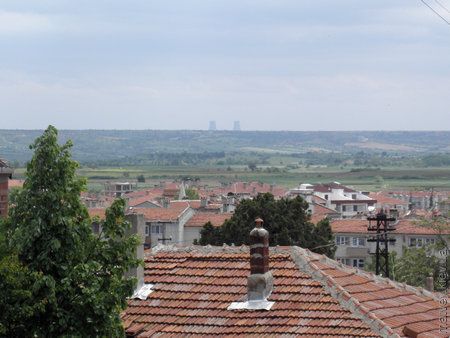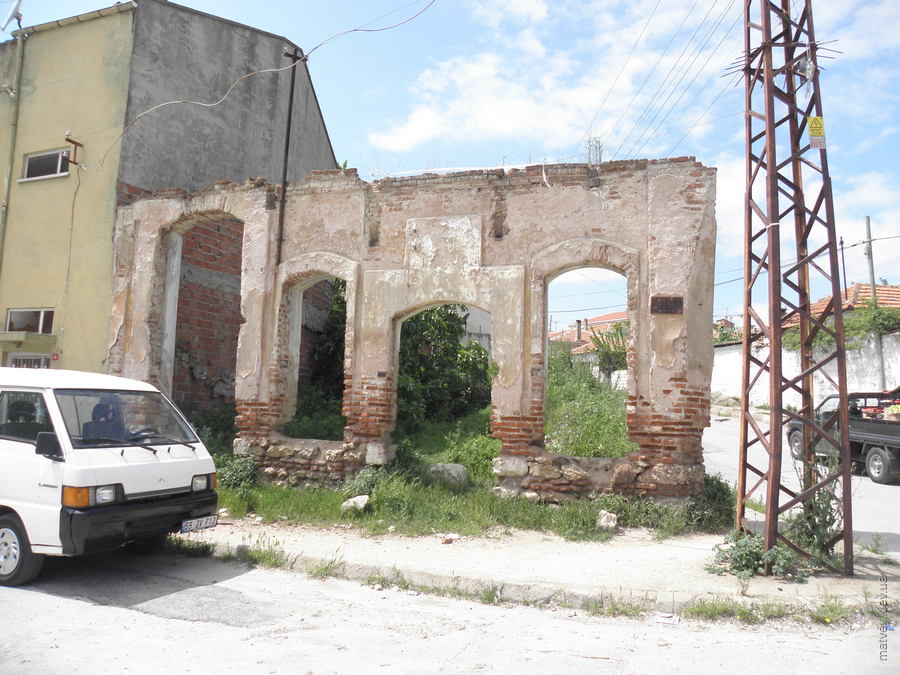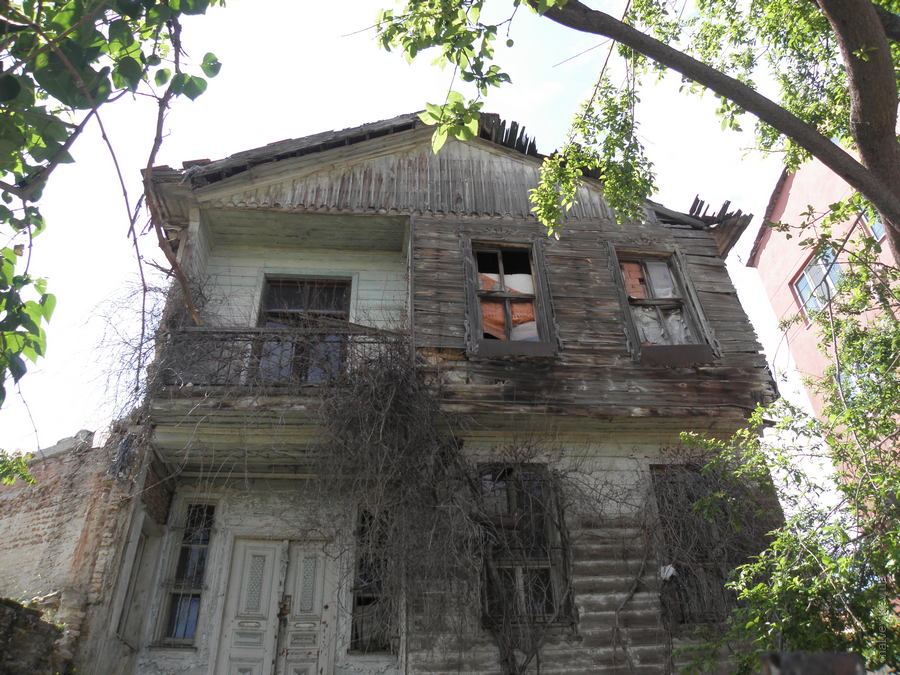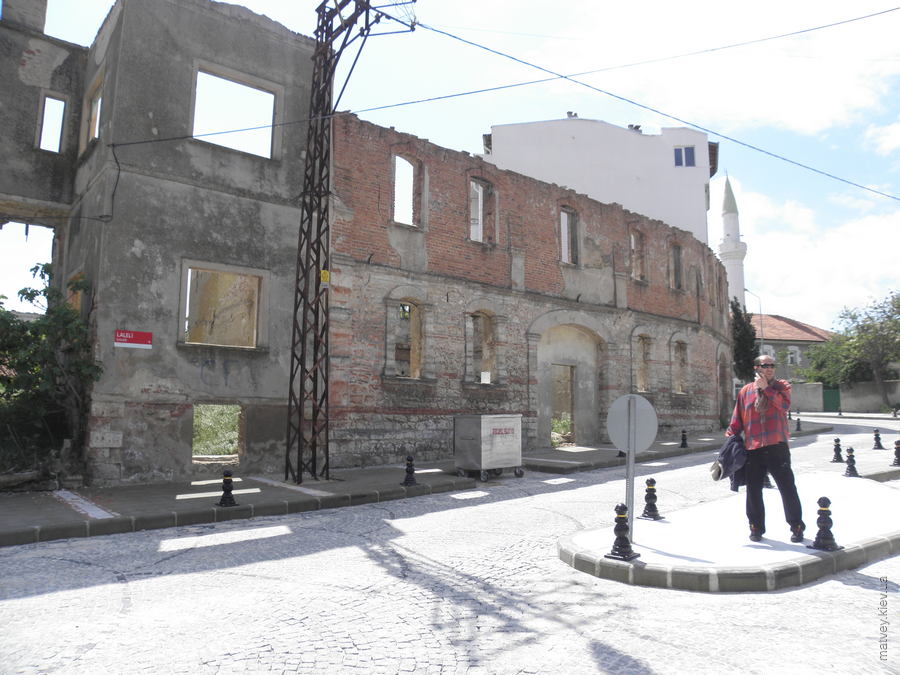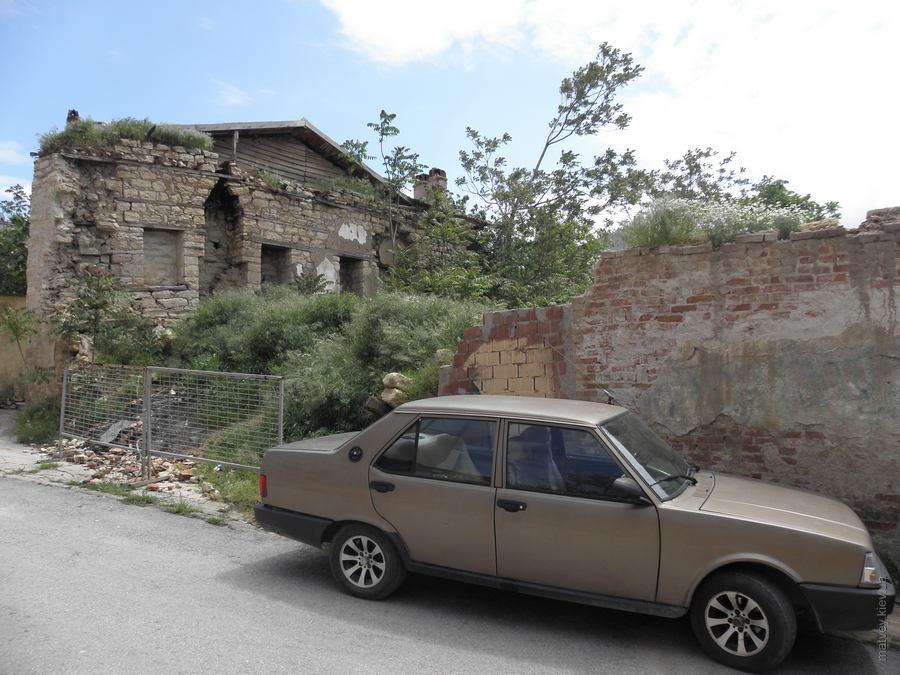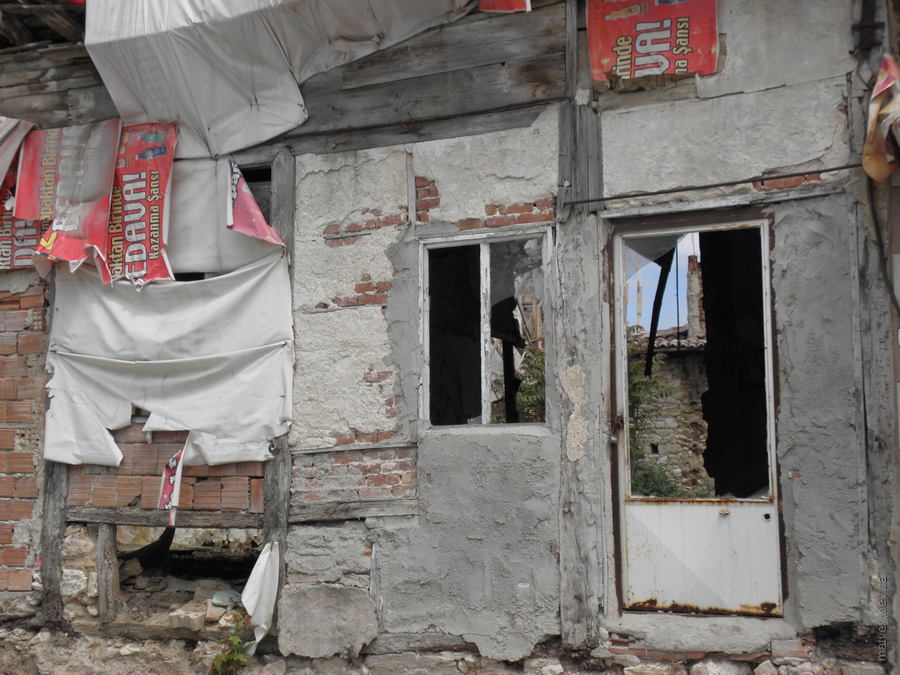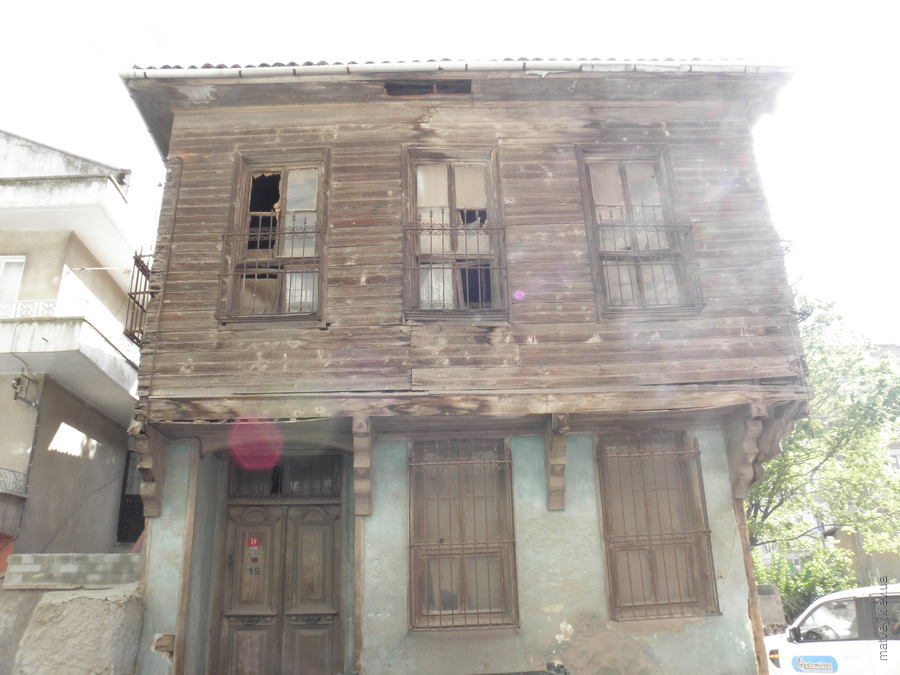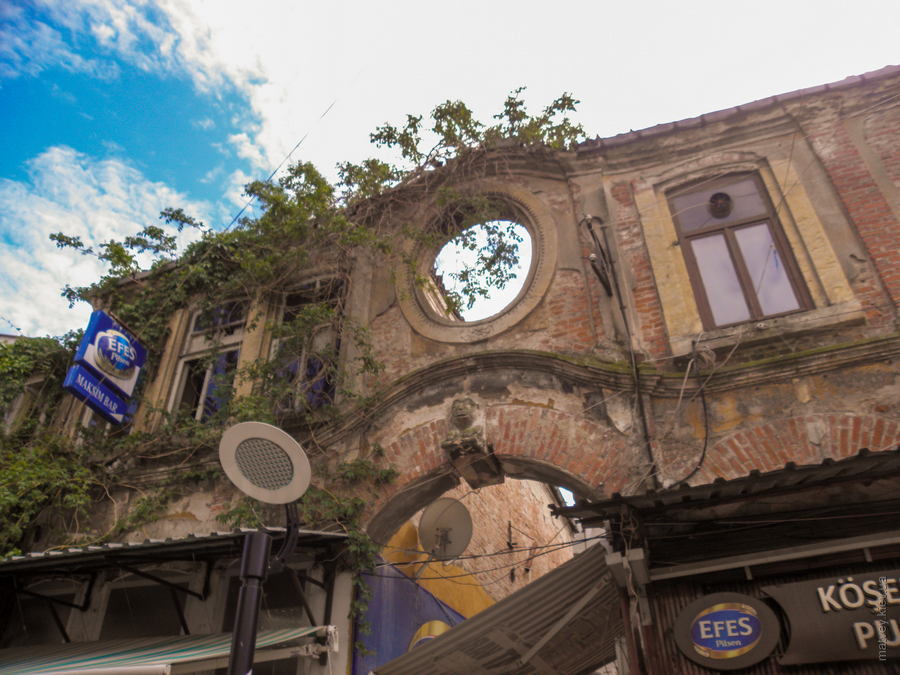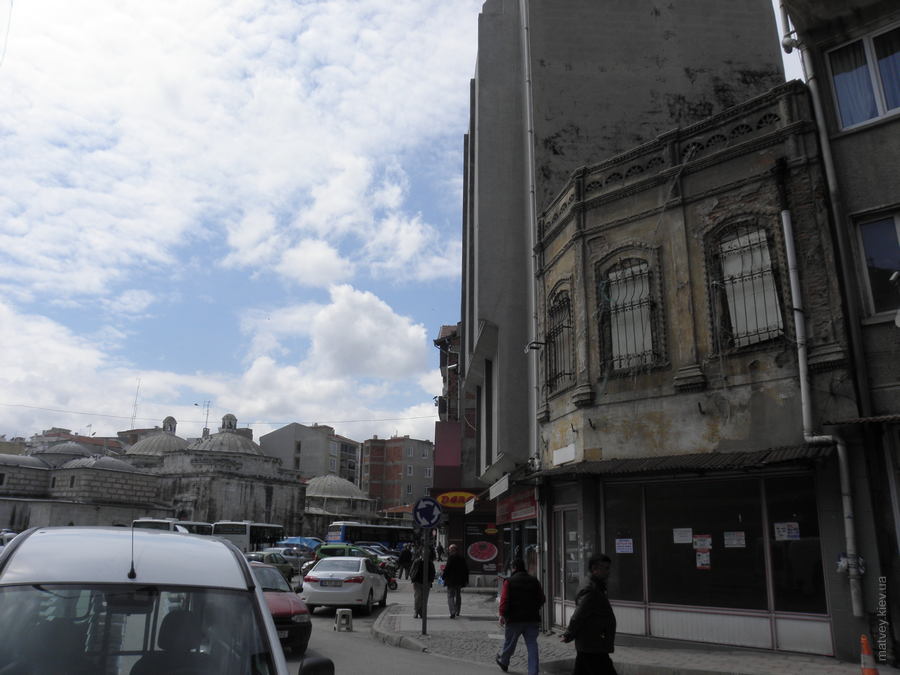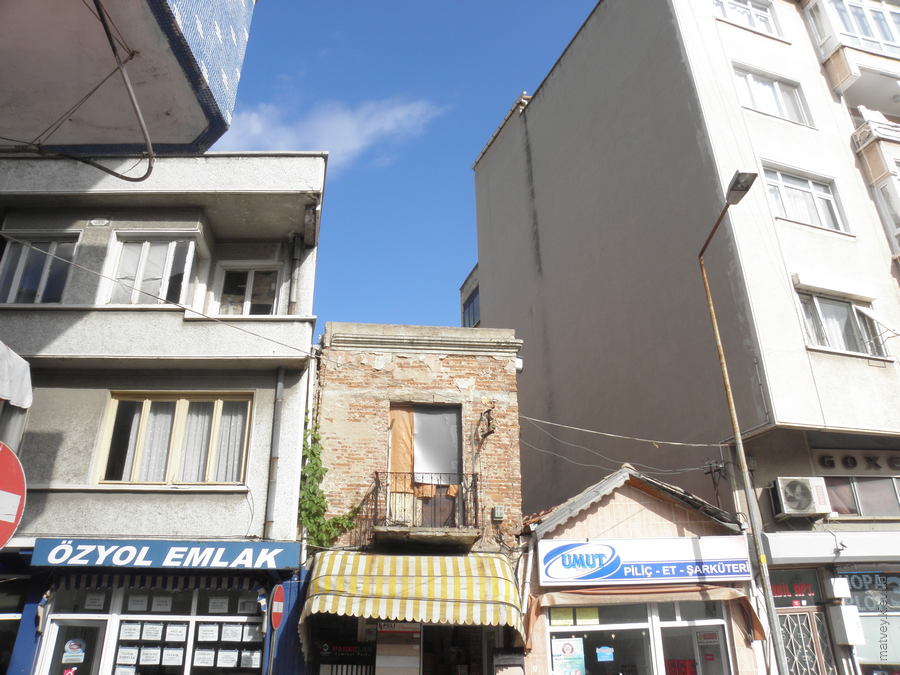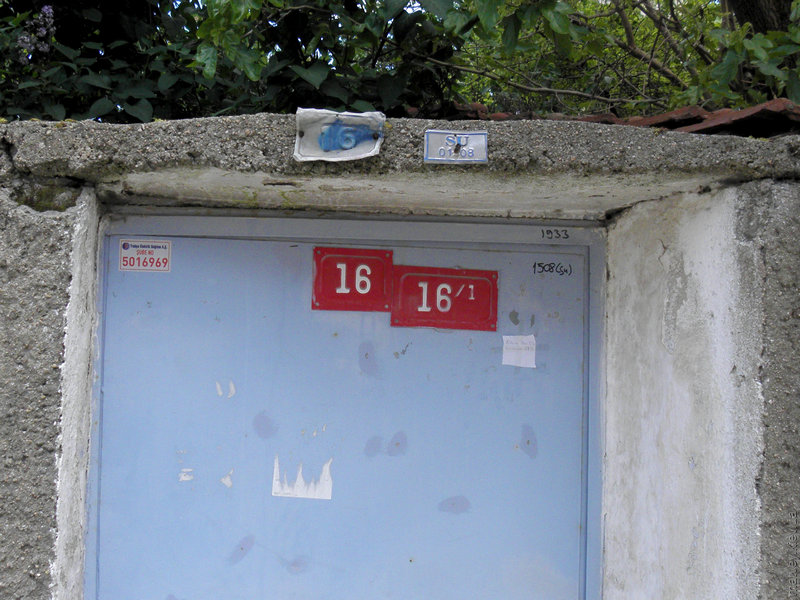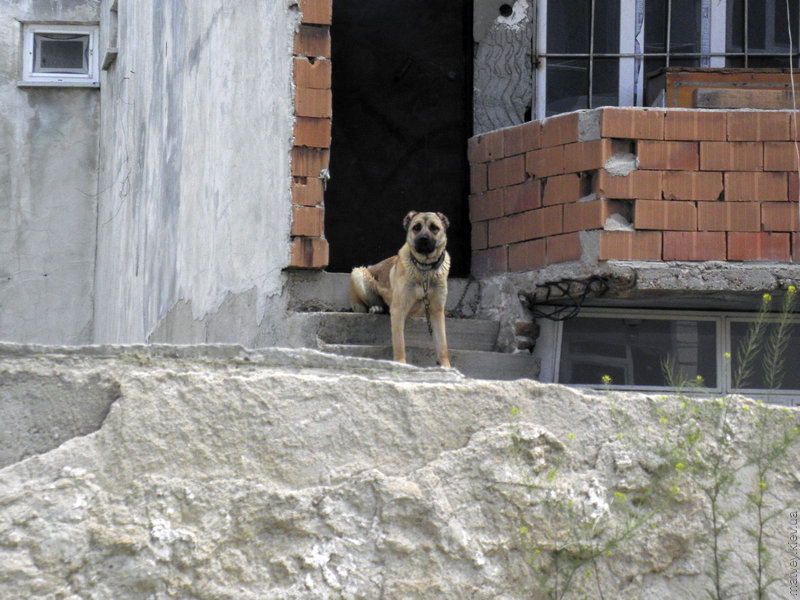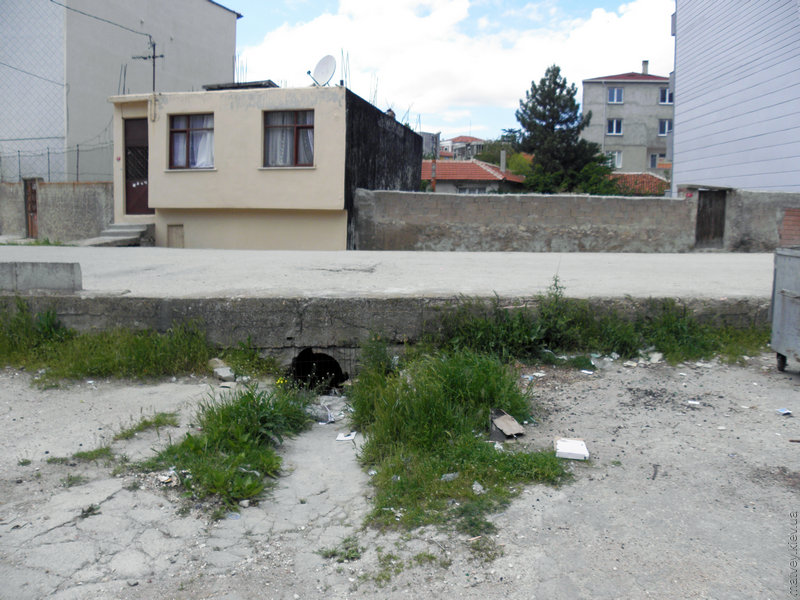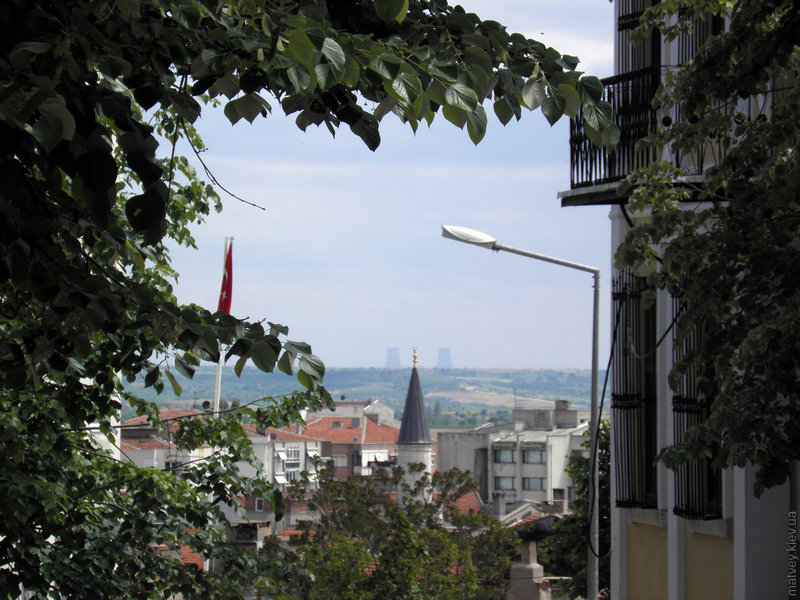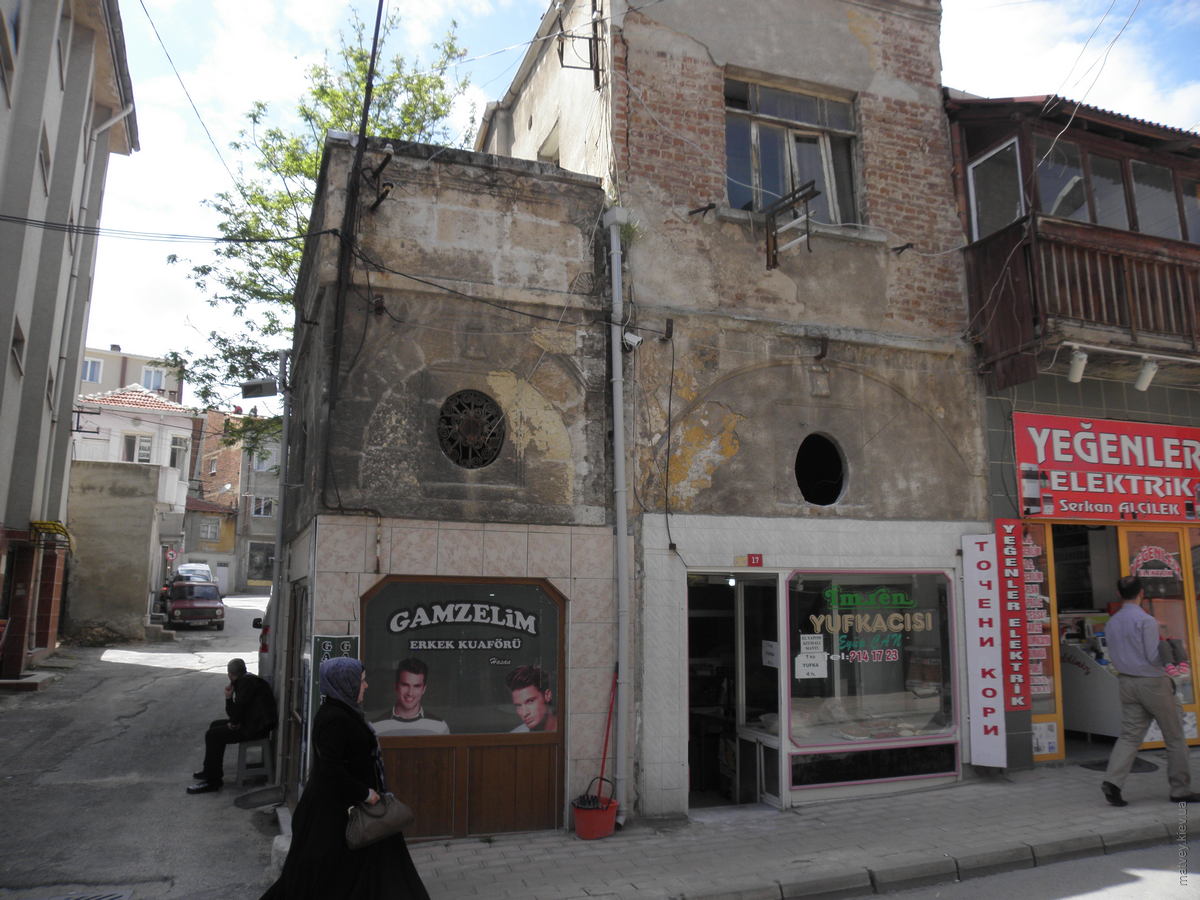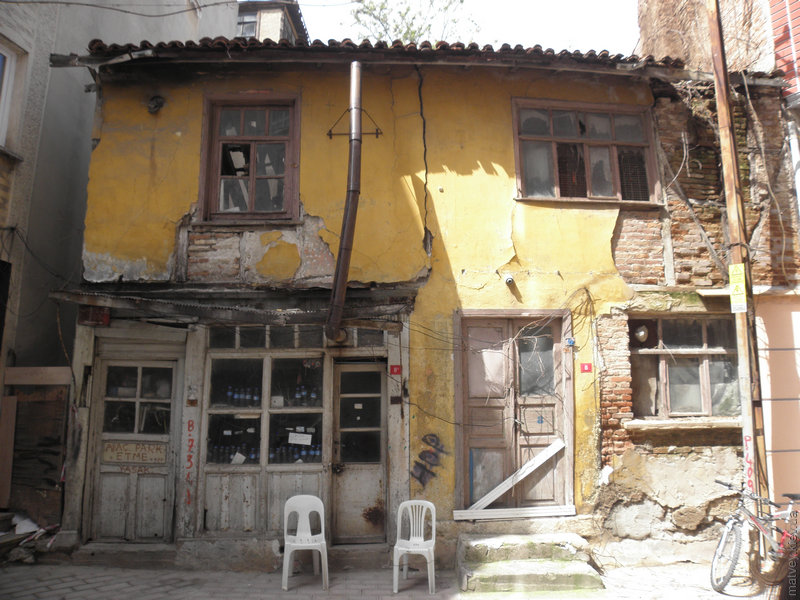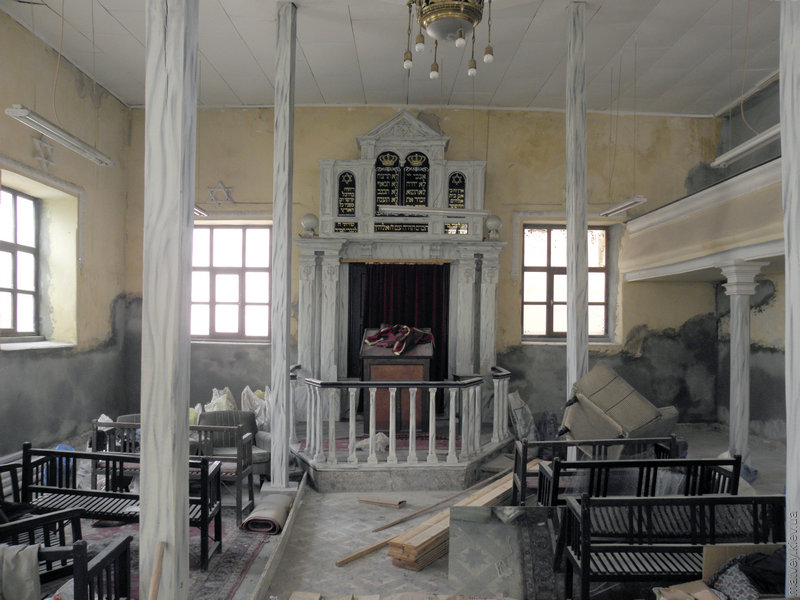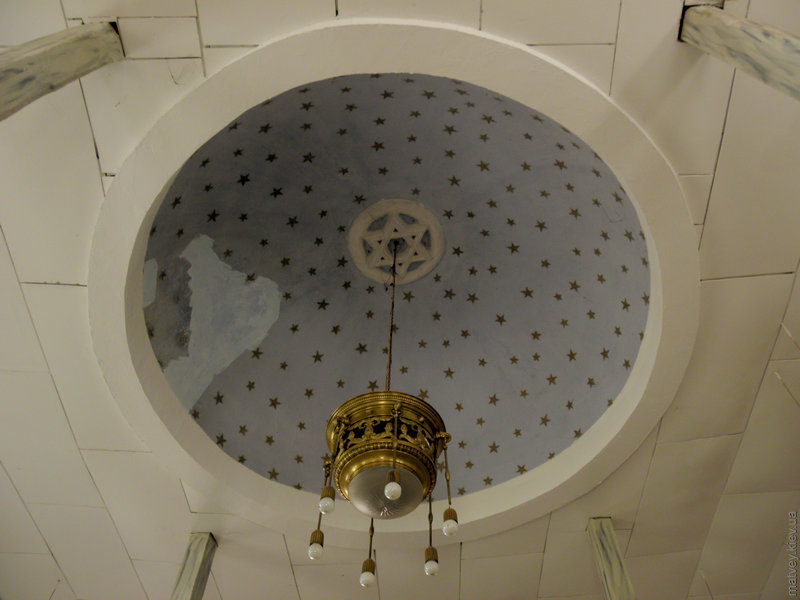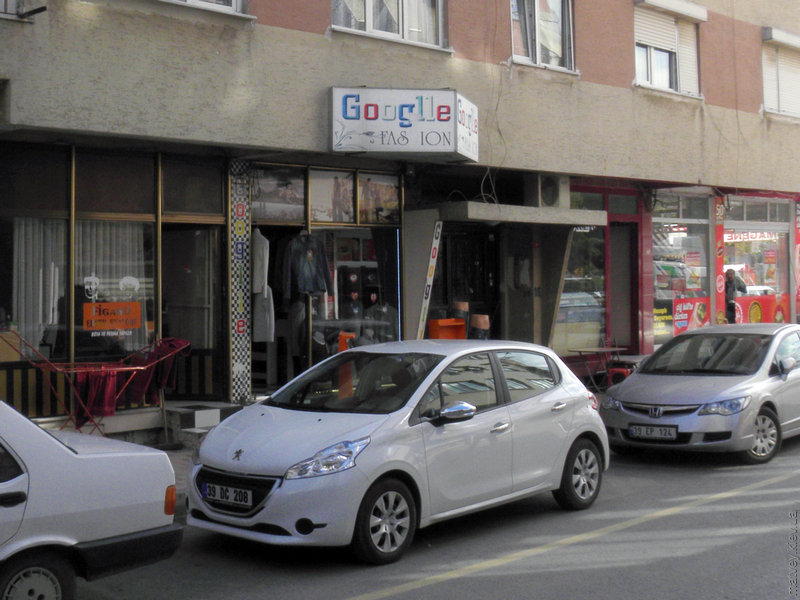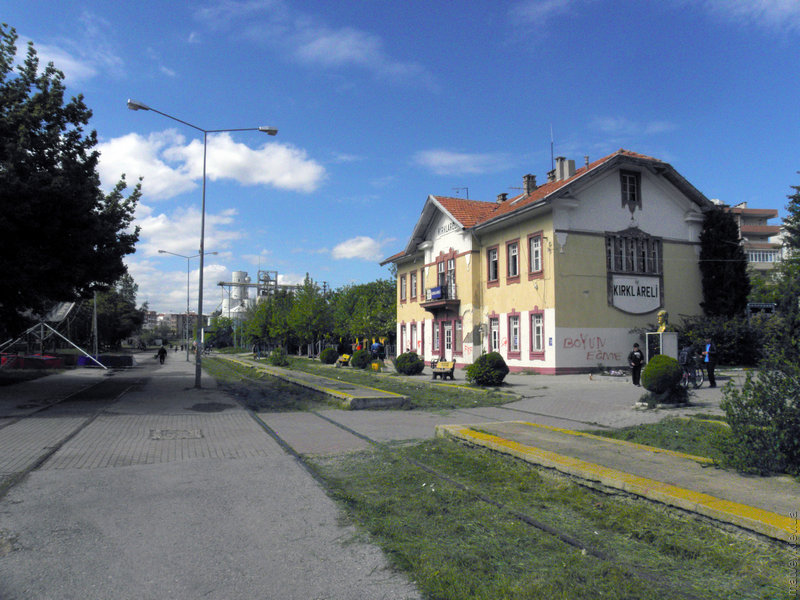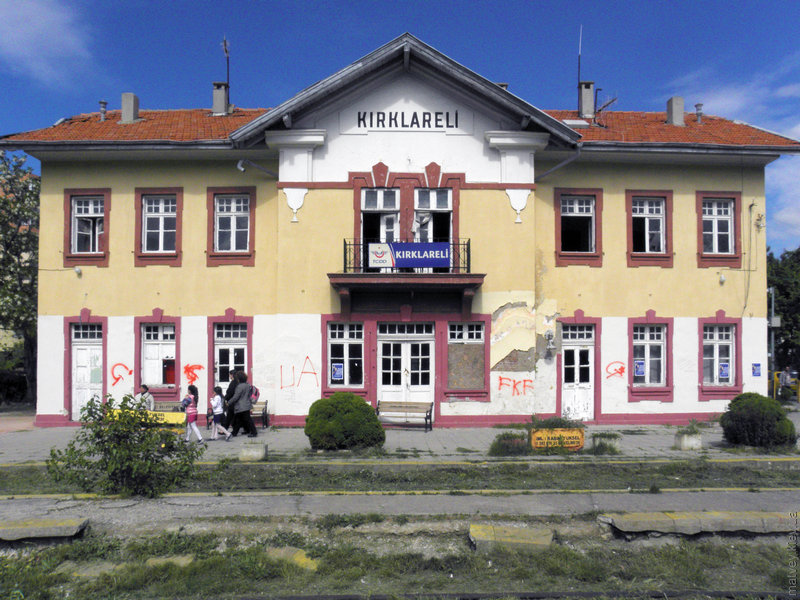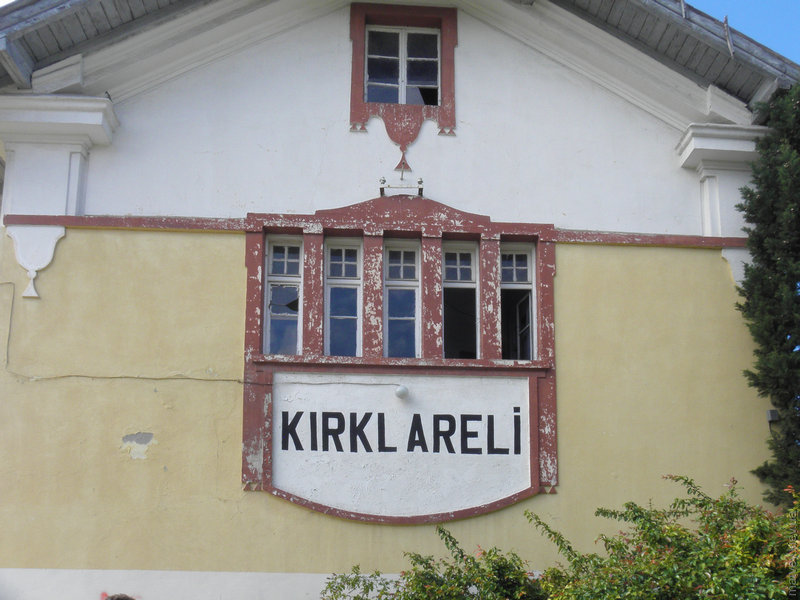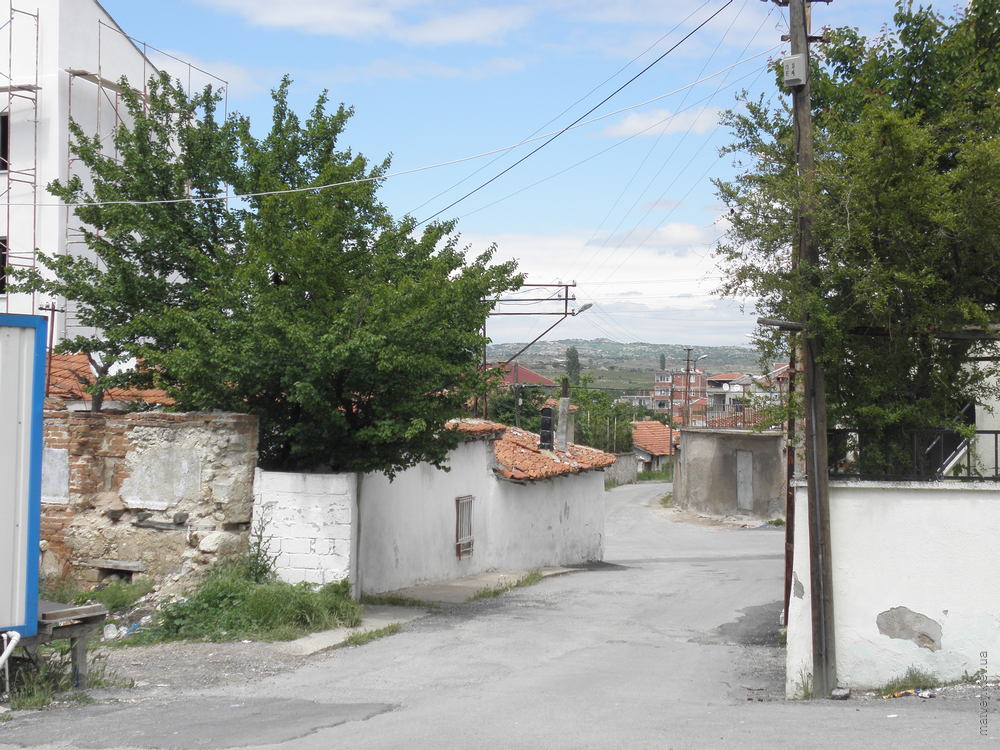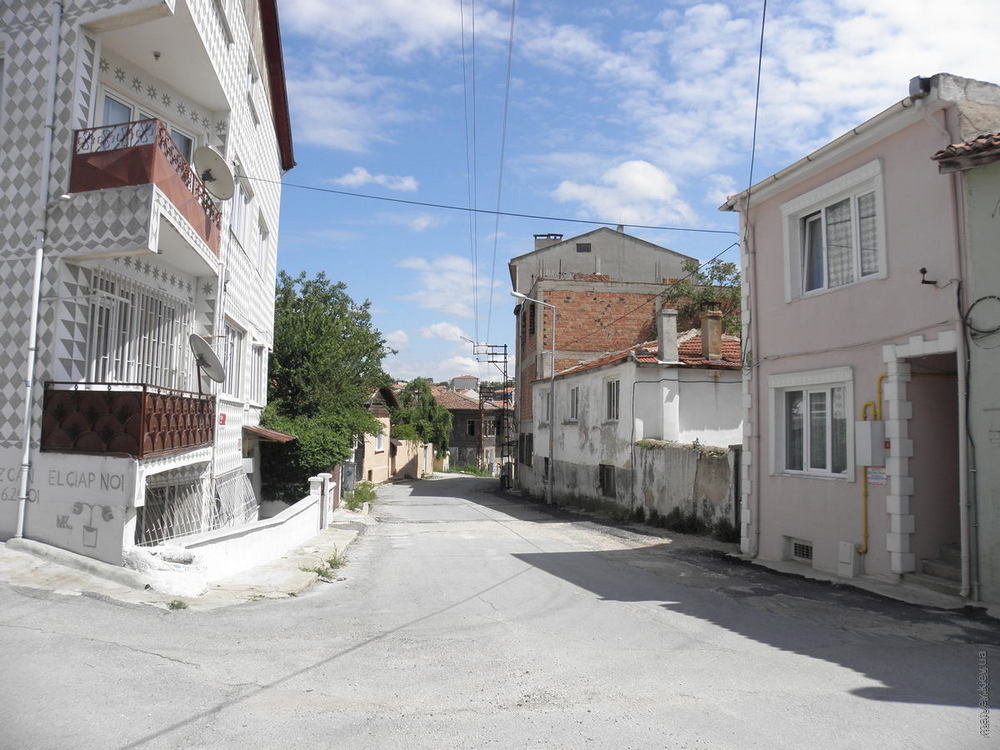We decided to visit this town with a hard-to-pronounce name when we were in Babaeski. Boarded a mini-bus for the fare of 6 turkish lira and arrived to Kırklareli in 25 minutes. The buses rode once per 30 minutes.
Upon arriving, we started walking into a random street, taking photos of everything, unlike some of my other trips. This was the Kapan mosque.
We saw a Platanus orientalis important enough to have a plaque attached.
There were boxes for used toys and books on our way.
We saw a yellow house and yet another striped back of a school bus.
Every apartment had heater pipes coming out of their walls. Smoke was coming from some of them.
Kırklareli also had the scary green memorial furnaces on the streets that I saw in some other towns. Here's a very small one — lower than my knees. No fire was burning in this one.
See more of such tombs in Babaeski, if you wish.
A wooden house wearing the colors of FC Fenerbahçe. Yellow and dark blue mean soccer in Turkey.
We saw a zabıta officer placing a «do not cross» strip on a ruined building. I was afraid to take a photo of it, but then the officer made a few steps back, got his own point-and-click and took a pic, probably, as proof of work done.
Water faucets were present on the streets for anyone to hydrate if they needed to.
Suddenly we were approached by a guy who started to greet us and suggesting his guidance around the city. I was skeptical at first, thought he would ask for money later, as it was in India, but then I noticed his perfect English. When I asked, he said that he lived and worked in Canada for ten years, learning three languages there. He also said that he missed the foreign language communication after returning home. It was his father who noticed us and notified him of an opportunity.
So, now there were three of us, and the direction ceased to be random since we now had a local guide. The guy took us on a couple of hills: one had a typical memorial called «forty heroes». Kırk means «forty» in Turkish, as well as it can be used in the «plenty» sense. There were exactly forty names listed on the memorial.
Water cooling towers were visible from that hill, both belonging to the Hamitabat power plant. We were stanging 30 kilometers from it, as a bird flies.
For a reason unknown to me, there were lots of ruined buildings in this part of town.
I hope this was because of a planned renovation.
We were showed some very old buildings that were skewed by their age combined with the archaic materials. These buildings reminded how life today differed from life back then.
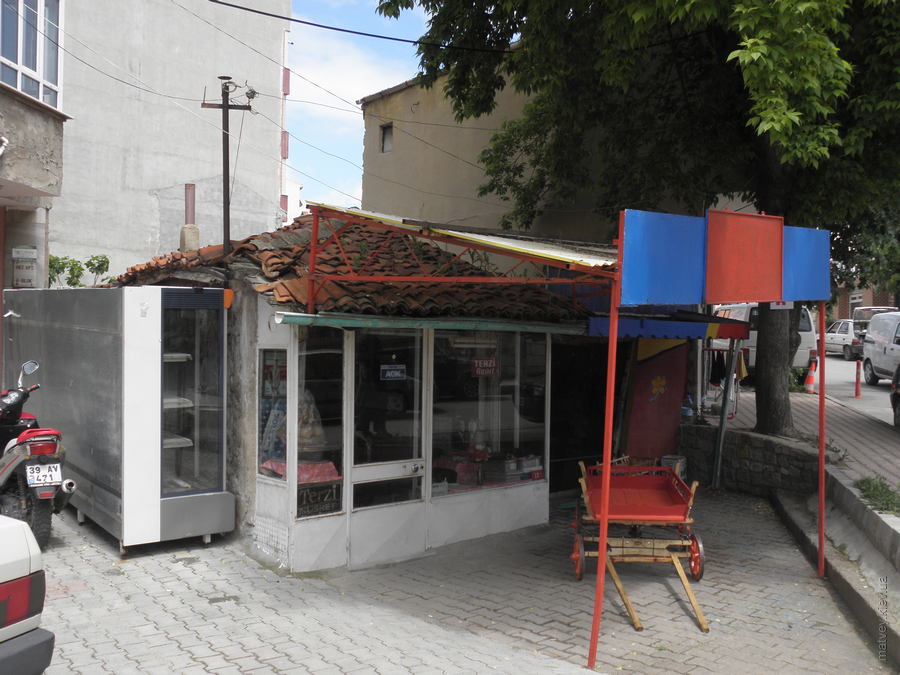 a DIY house
a DIY house
of a taylorNumbers for electric and water bills were sometimes written on fences of private houses.
This dog chose the most comfortable pose.
Some stream was hidden into a collector on one street, still not level with the ground. Steps were made in several places for people to cross it.
The guy took us to another hill of the town, called Yayla. Ruins of a fire-destroyed school were here.
The same water cooling towers were visible from Yayla, too.
Other turks were all asking our guide what were we doing, and proposed new points of sightseeing after getting the answer. Sometimes they were simply pointing at the nearest house and said «— This house is also very old, you should take a photo». So we are back to the storyline about old houses:
This old building housed a youth sports club. The men to the right told me to take a photo of it.
Yet another old house — they had been making vinegar here a long time ago.
And there were more ruined houses, like this sinagogue undergoing renovation. Our friend told us that there were just two Jewish families in the town at that time, with others already migrated to Israel.
The ceiling of that sinagogue looked like this:
Passed by this «Googlle Fashion» shop sign.
The train station of Kırklareli was disused. This is the same railway branch that passes through Babaeski, and its dead end is here near the local grain elevator. The railroad territory was made into a nice park, and the Istasyon street leading to the train station was also mostly a pedestrian zone with a park.
The train station was disused, but painted to look good.
A couple of random small streets to end this.
